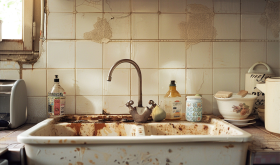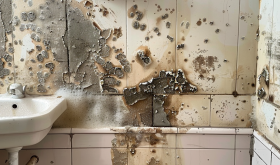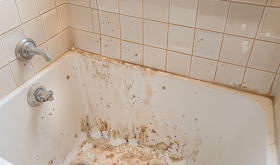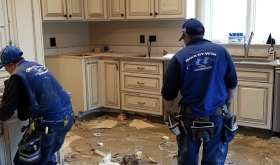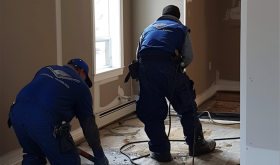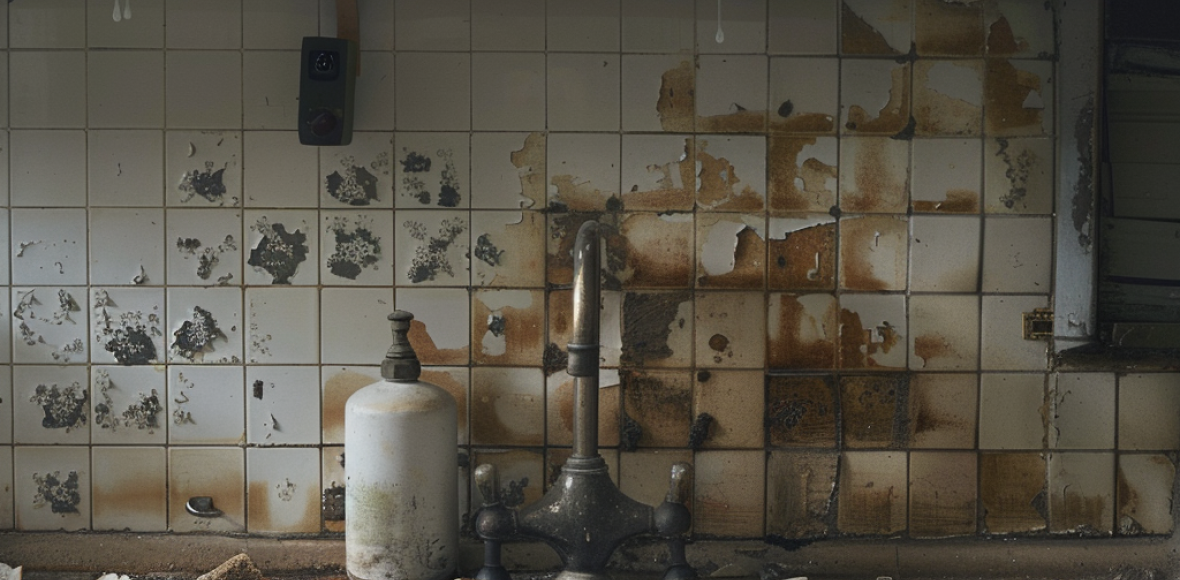
Mold growth in your home or business can pose a significant threat to indoor air quality and the health of occupants. Not only is mold unsightly and unpleasant, but it can also cause respiratory issues, allergic reactions, and other health problems, especially for those with weakened immune systems or pre-existing conditions. To address this issue effectively and restore a safe and healthy indoor environment, it’s crucial to follow best practices for mold remediation.
- Identify and Address the Moisture Source
The first and most crucial step in mold remediation is to identify and address the source of moisture that is allowing mold to grow and thrive. Common sources include leaks, flooding, condensation, or excessive humidity. Until the underlying moisture issue is resolved, the mold will continue to return, making remediation efforts futile. - Conduct a Thorough Assessment
Once the moisture source has been identified and addressed, it’s essential to conduct a thorough assessment of the mold growth. This involves inspecting not only visible areas but also hidden spaces such as behind walls, in crawl spaces, and within HVAC systems. Mold can often spread beyond what is immediately visible, so a comprehensive assessment is crucial for effective remediation. - Implement Proper Containment and Safety Measures
Mold spores can easily become airborne and spread throughout a home or building, exacerbating the problem and posing health risks. To prevent this, proper containment and safety measures must be implemented. This may involve sealing off the affected area with plastic sheeting, using negative air pressure machines, and donning personal protective equipment (PPE) such as respirators, gloves, and protective clothing. - Removal and Disposal of Contaminated Materials
Once the area is contained, the next step is to remove and properly dispose of any materials that have been heavily contaminated by mold growth. Porous materials like drywall, insulation, and carpets may need to be discarded and replaced, while non-porous surfaces such as wood or concrete can often be cleaned and salvaged using specialized techniques and antimicrobial solutions. - Thorough Cleaning and Disinfection
After removing contaminated materials, it’s essential to thoroughly clean and disinfect the affected area. This involves the use of HEPA vacuums, damp wiping surfaces with detergent solutions, and applying fungicidal disinfectants to eliminate any remaining mold spores and prevent future growth. - Drying and Dehumidification
Moisture control is crucial in preventing mold recurrence. Once the area has been cleaned and disinfected, it must be thoroughly dried and dehumidified. This may involve the use of specialized equipment such as air movers, dehumidifiers, and moisture meters to ensure that all surfaces and materials are completely dry. - Verification and Clearance Testing
Before considering the remediation process complete, it’s essential to verify that the mold has been successfully eliminated. This may involve visual inspections, air sampling, and surface testing by a qualified mold professional. Clearance testing ensures that the mold levels have been brought back to acceptable levels and that the indoor environment is safe for occupancy. - Implementing Preventive Measures
Mold remediation is not a one-time event; it’s an ongoing process that requires diligence and maintenance. After the initial remediation, it’s crucial to implement measures to prevent future mold growth. This may involve addressing any remaining moisture issues, improving ventilation and humidity control, and conducting regular inspections to identify and address potential problems early on. - Consider Professional Assistance
While some minor mold issues can be addressed by homeowners or building managers, severe or widespread mold infestations often require the expertise of professional mold remediation specialists. These professionals have the necessary training, equipment, and experience to ensure a safe and effective remediation process, minimizing health risks and potential property damage. - Prioritize Indoor Air Quality
Ultimately, the goal of mold remediation is to restore a safe and healthy indoor environment for occupants. By following best practices and prioritizing indoor air quality, you can eliminate the mold menace, prevent future growth, and create a comfortable living or working space free from the potential health risks associated with mold exposure.
Mold remediation is a critical process that requires a comprehensive approach and adherence to best practices. By identifying and addressing the moisture source, implementing proper containment and safety measures, thoroughly cleaning and drying the affected area, and implementing preventive measures, you can effectively restore indoor air quality and protect the health and well-being of occupants. Remember, prevention is key, so stay vigilant and address any moisture issues promptly to avoid future mold infestations.

